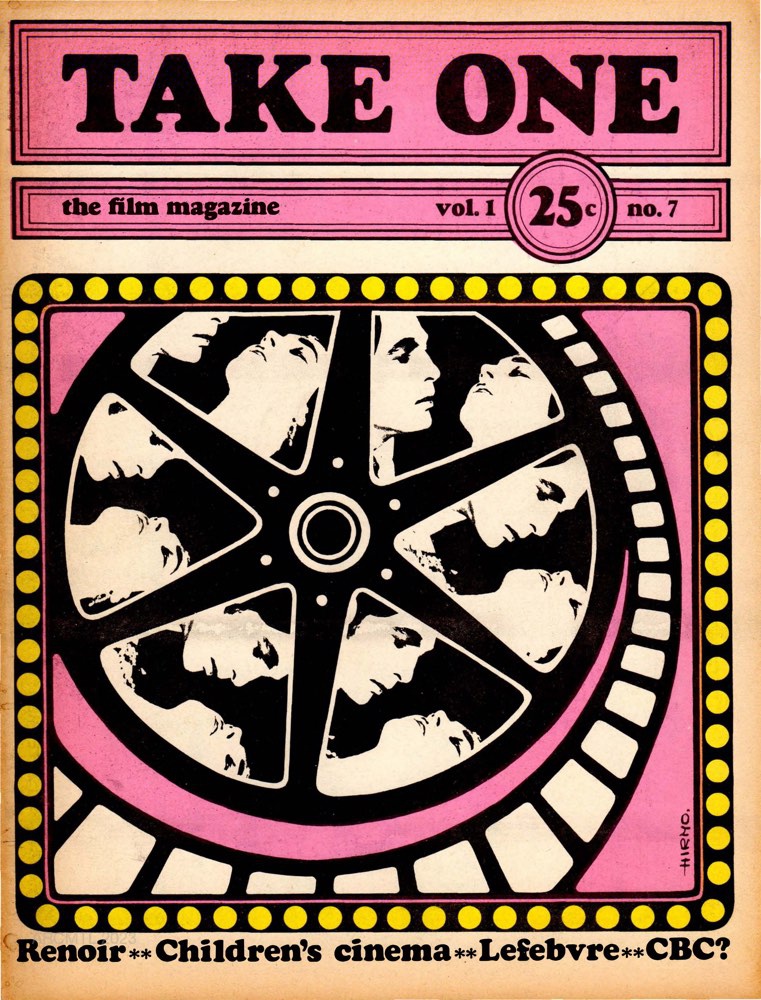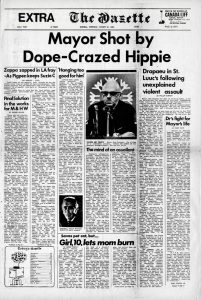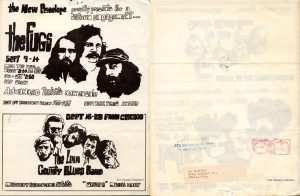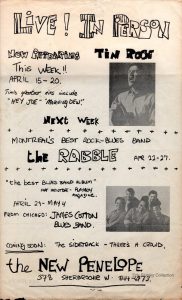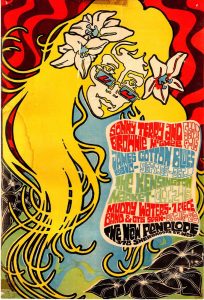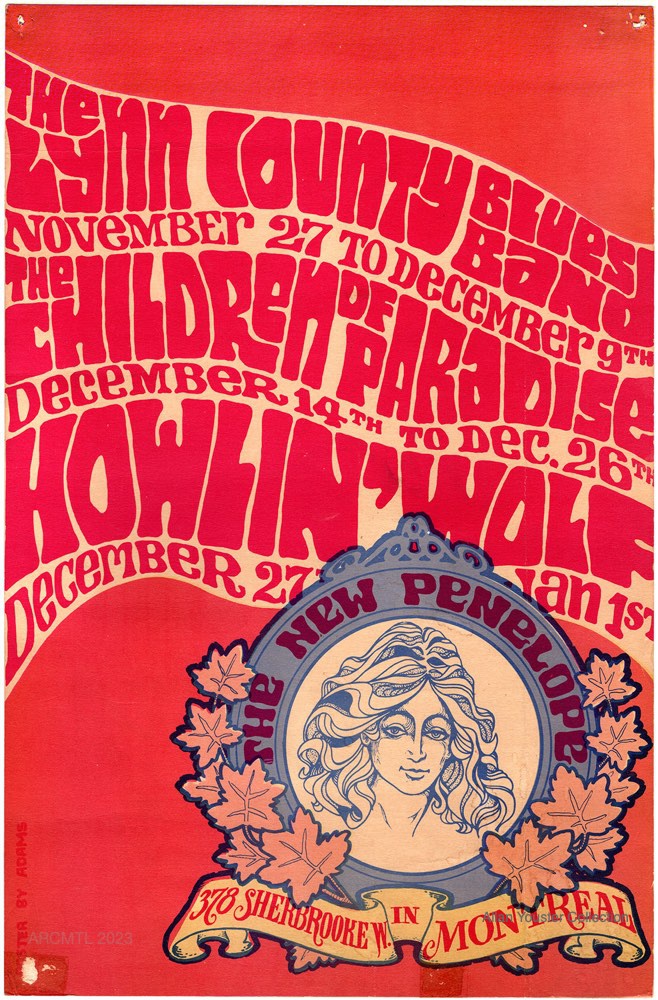The New Penelope Reaches Its Community
In an era long before social media or the Internet, Gary Eisenkraft found many ways to connect with the community of students and music lovers who attended his various coffeehouses. He took out advertisements regularly, in both mainstream and student newspapers.
Underground magazines such as Logos, Take One and Pop-See-Cul were sold at The New Penelope. Take One publisher Peter Lebensold recounts selling his magazine there:
Listen to the audio clip with transcript: “Sharing the same crowd”.
…the reason I knew what The New Penelope was, was because I inveigled them into selling copies of the magazine, of Take One. (…) Any place that young people were likely to gather, um, was a place where we thought, uh, the magazine might sell.
― Peter Lebensold (interview with ARCMTL, 2021)
Even French-language newspapers profiled Gary and ran articles about the many legendary artists he brought to Montreal.
Logos magazine was very popular for its coverage of local counterculture, music, art and radical politics. In May of 1968, they published a satirical article about the mayor of Montreal, Jean Drapeau, being shot by a “drug-crazed hippie” which resulted in Logos being sued. The New Penelope hosted a benefit to raise money for their legal fees, and Logos magazine went on to win.
In the winter and spring of 1968, Gary mailed out a series of newsletters promoting upcoming concerts. It only costs him a three-cent stamp to send these by mail, to those who had signed up for it.
Memberships to The New Penelope were also sold for only $30, providing free entry to every concert, for one year. Pierre Huet, songwriter of the 1970s Montreal band Beau Dommage, recounts why he became a member:
Listen to the audio clip with transcript: “Pierre Huet and his membership”.
Concerts were also advertised via posters and handbills that one could find in record stores, shops and on the streets surrounding The New Penelope. The psychedelic era arrived in 1967, bringing a new visual language and colourful fashions to youth culture. Gary begins producing full-colour, hand-silk screened posters, by local artists such as Peter V. Adams. He even had some of them designed and printed in the United States by renowned printing shops.
The New Penelope posters were real eye-catchers! Intertwined illustrations, kaleidoscopic motifs, bright colours, ornate typography and sensual female representations. This graphic trend was popularized in the San Francisco music scene in the mid-1960s before spreading its influence all over the world.
Some of these hand-printed posters were beautiful enough to be kept by concertgoers and can even be considered important works of printed art, all these years later.


